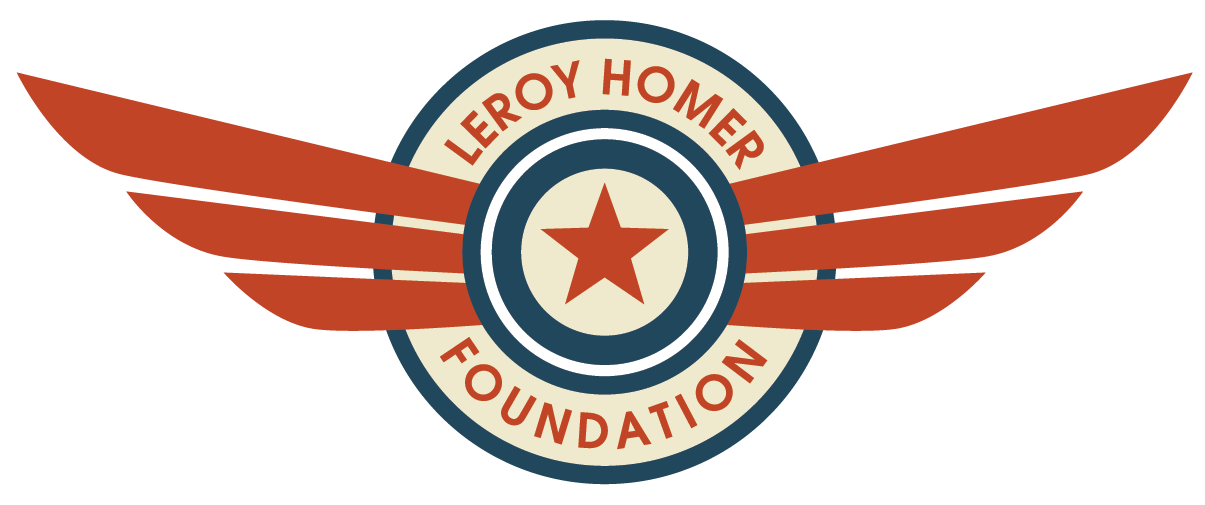I was watching some of the video recordings made by passengers on US Airways Flight 1549 (Hudson landing) and I was absolutely astonished… the electricity seemed to be working, the flaps were configured and the airplane looked like it was in a somewhat “normal” configuration. Flight 1549 was cleared for takeoff at 3:24:54. Two minutes and seven seconds later the airplane impacted a flock of birds and lost thrust on both engines. Three minutes and twenty nine seconds later the airplane touched down in the Hudson. That’s not a lot of time! Speaking from my experience flying the DC-10, there are a number of tasks that have to be completed to ditch the aircraft after takeoff. If you lose all the engines the aircraft has no source of power until the pilot places the aircraft on emergency power. This restores a limited number of instruments needed to fly the aircraft. The next issue is determining what engines you have left. Looking at the engine gauges you must assess whether they are ‘windmilling’ or if they are seized up. If the engines are not windmilling, you no longer have any hydraulic power. This means your airplane is a rock; you don’t have flight controls. Some airplanes have an Air Driven Generator (ADG) which is a small propeller that hangs down from the bottom of the aircraft. The propeller will spin in the wind and produce electricity necessary to power your auxiliary hydraulic pump. This provides just enough hydraulic power to restore flight controls. What’s next? Well, meanwhile you’re probably declaring an emergency with ATC, looking for a place to land and trying to restart an engine. You also want to start the Auxiliary Power Unit, which is an onboard generator used for backup power. You must also know and fly your best glide speed for your current weight. The gear should be up. The flaps and slats need to be configured to their normal landing position without over-tasking the hydraulic system. After all this, you probably have about 10 seconds to think about how you’re going to land the aircraft in the water with no engine thrust and minimal flight control authority.
As you can see, if you haven’t rehearsed these procedures before, its going to be even harder to do them in three minutes and thirty seconds. One thing that caught my attention during Captain Sullenberger’s interviews was his mention of the training he received which prepared him for this event. I am curious, how often do airliners practice a crash landing after takeoff in the simulator? How often is ditching discussed?
Christina Croy, KC-10 Pilot, USAF
 Youth T-Shirt - Heather Deep Teal
$18.99
Youth T-Shirt - Heather Deep Teal
$18.99
 Adult T-Shirt - Heather Storm
$18.99
Adult T-Shirt - Heather Storm
$18.99
 Adult T-Shirt - Heather Slate
$18.99
Adult T-Shirt - Heather Slate
$18.99
 Commemorative Patch
$5.00
Commemorative Patch
$5.00

Leave a Comment
Posted: May 8, 2009 by Christina Croy
US Airways Flight 1549, The Hudson Landing
I was watching some of the video recordings made by passengers on US Airways Flight 1549 (Hudson landing) and I was absolutely astonished… the electricity seemed to be working, the flaps were configured and the airplane looked like it was in a somewhat “normal” configuration. Flight 1549 was cleared for takeoff at 3:24:54. Two minutes and seven seconds later the airplane impacted a flock of birds and lost thrust on both engines. Three minutes and twenty nine seconds later the airplane touched down in the Hudson. That’s not a lot of time! Speaking from my experience flying the DC-10, there are a number of tasks that have to be completed to ditch the aircraft after takeoff. If you lose all the engines the aircraft has no source of power until the pilot places the aircraft on emergency power. This restores a limited number of instruments needed to fly the aircraft. The next issue is determining what engines you have left. Looking at the engine gauges you must assess whether they are ‘windmilling’ or if they are seized up. If the engines are not windmilling, you no longer have any hydraulic power. This means your airplane is a rock; you don’t have flight controls. Some airplanes have an Air Driven Generator (ADG) which is a small propeller that hangs down from the bottom of the aircraft. The propeller will spin in the wind and produce electricity necessary to power your auxiliary hydraulic pump. This provides just enough hydraulic power to restore flight controls. What’s next? Well, meanwhile you’re probably declaring an emergency with ATC, looking for a place to land and trying to restart an engine. You also want to start the Auxiliary Power Unit, which is an onboard generator used for backup power. You must also know and fly your best glide speed for your current weight. The gear should be up. The flaps and slats need to be configured to their normal landing position without over-tasking the hydraulic system. After all this, you probably have about 10 seconds to think about how you’re going to land the aircraft in the water with no engine thrust and minimal flight control authority.
As you can see, if you haven’t rehearsed these procedures before, its going to be even harder to do them in three minutes and thirty seconds. One thing that caught my attention during Captain Sullenberger’s interviews was his mention of the training he received which prepared him for this event. I am curious, how often do airliners practice a crash landing after takeoff in the simulator? How often is ditching discussed?
Christina Croy, KC-10 Pilot, USAF
Category: Blog Tags: ditching, Hudson landing, Sullenburger, US Airways Flight 1549